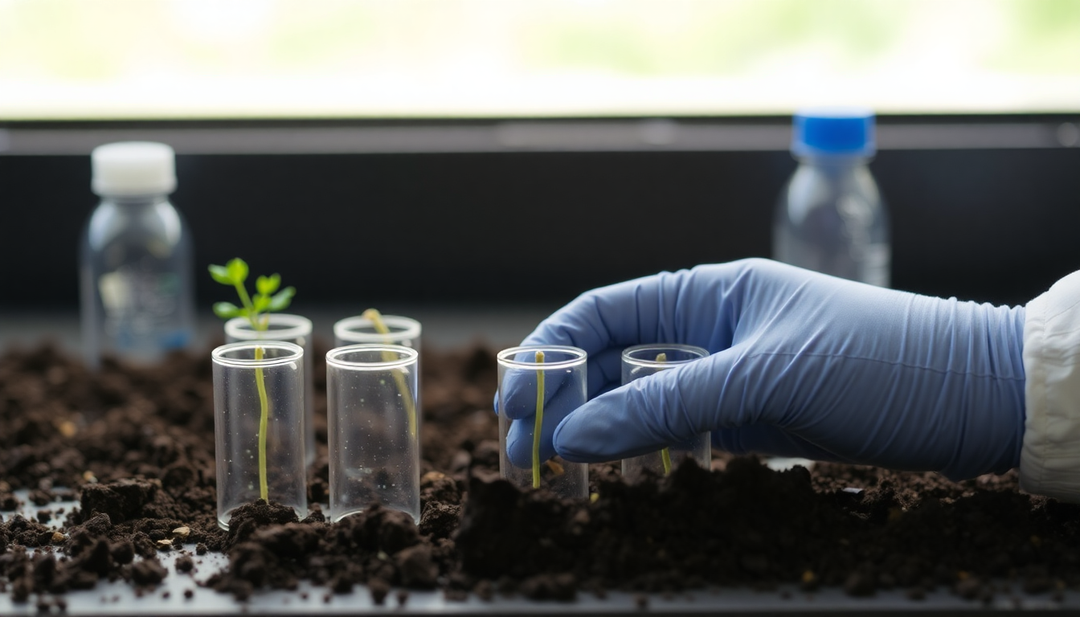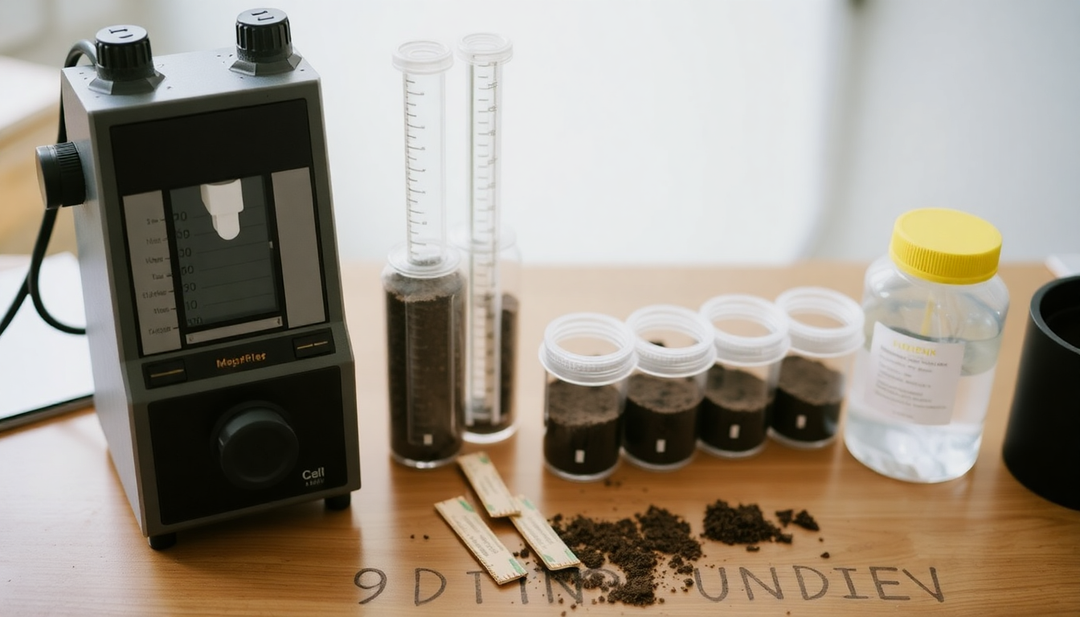Soil Environmental Diagnosis in 2025: Assess the Impact of PCBs, PAHs and Heavy Metals on Your Land

Introduction
In 2025, soil quality assessment is more crucial than ever. Contaminants such as PCBs (polychlorinated biphenyls), PAHs (polycyclic aromatic hydrocarbons), and heavy metals pose serious threats to the environment and public health. Exposure to these substances can have serious consequences, ranging from ecosystem degradation to health problems for surrounding communities. In this article, we will examine the importance of environmental assessments, the detailed assessment process, relevant case studies, and practical advice for individuals and businesses concerned with analyzing their land.
Why carry out an environmental diagnosis?
Carrying out an environmental diagnosis of soils is essential for several reasons:
- Identify the presence of hazardous contaminants: Soils can be contaminated by industrial, agricultural or even domestic activities.
- Preventing public health problems: Undetected contamination can lead to health risks for local populations.
- Ensure compliance with environmental regulations: Environmental laws are becoming increasingly strict, and a diagnosis can help avoid penalties.
- Preparing the ground for construction or development projects: A thorough diagnosis is often required before starting construction work.
- Protect biodiversity: Contaminated soils can affect local flora and fauna, compromising the balance of ecosystems.
The environmental diagnosis process
Environmental diagnosis generally takes place in several stages, each crucial to guarantee reliable results:
- Preliminary study: This step involves collecting historical data about the site, including its previous use and the types of contaminants that might be present.
- Sampling: Soil, water, and sometimes air samples are collected for in-depth analysis. It is essential to follow strict protocols to ensure sample representativeness.
- Laboratory Analysis: Samples are subjected to laboratory testing to identify contaminants, including metals on crude , metals on eluate , BTEX (benzene, toluene, ethylbenzene and xylenes) and other substances.
- Interpretation of results: Once the analyses have been carried out, the results are interpreted to assess the environmental impact and risks associated with the presence of contaminants.
- Recommendations and action plan: Based on the results, recommendations are made for the management of contaminants, including decontamination measures if necessary.
Case studies
There are many examples that illustrate the importance of an accurate diagnosis:
- Rehabilitation of an industrial site: A project to rehabilitate an industrial site contaminated by PAHs required a thorough analysis. Thanks to the diagnosis, corrective measures were implemented, restoring soil quality and securing the site for future uses.
- Contaminated farmland: A study of farmland revealed elevated levels of heavy metals , leading to crop restrictions. This analysis allowed farmers to make informed decisions regarding land management.
- Urban development area: Before the development of a new neighborhood, a soil analysis revealed the presence of PCBs . The results led to specific interventions to ensure the safety of future residents.
The Impacts of Contaminants: An Overview
Contaminants such as PCBs , PAHs and heavy metals can have various impacts on the environment and health.
- PCBs: Used in industrial applications, PCBs are persistent organic pollutants that can accumulate in the food chain, affecting wildlife and human health.
- PAHs: These compounds are often the result of incomplete combustion of organic matter. They are known for their carcinogenic potential and can contaminate soil and groundwater.
- Heavy metals: Elements such as lead, mercury, and cadmium can have toxic effects on human health, leading to neurological diseases and developmental disorders.
Practical advice for individuals
Here are some tips for those who want to evaluate their land:
- Hire certified professionals: Soil testing requires expertise. Make sure you work with certified labs and consultants.
- Learn about environmental standards: Each region has different regulations regarding soil contamination. Familiarize yourself with the ones that apply to your area.
- Review previous diagnostic results: If your land has already been analyzed, review the results to understand potential risks.
- Stay vigilant about waste management practices: Avoid dumping chemicals or hazardous waste in your yard or near your property.
- Educate yourself and your community: Share the importance of soil testing and the risks of contamination with your neighbors and friends.
Advanced technologies and methods
With the evolution of technologies, new methods of soil analysis are emerging, offering faster and more accurate results:
- In situ analyses: Techniques such as spectroscopy and chromatography allow soils to be analyzed on site, reducing the need for samples sent to the laboratory.
- Use of drones: Drones equipped with sensors can map contaminated areas, providing a quick overview of the situation.
- Computer modeling: Modeling software can be used to estimate the spread of contaminants and assess potential impacts on the environment.
Conclusion
In summary, soil environmental diagnosis is a crucial step in assessing the impact of PCBs , PAHs , and heavy metals on your land. In 2025, it is essential to stay informed and proactive in soil management. A rigorous diagnosis can not only protect your health and that of your community, but also preserve the environment for future generations. For any questions or to perform a soil diagnosis, do not hesitate to contact Pouryère .
Meta description
Learn about the importance of soil environmental diagnostics in 2025 to assess the impact of PCBs, PAHs, and heavy metals. Contact Pouryère for a detailed analysis.



